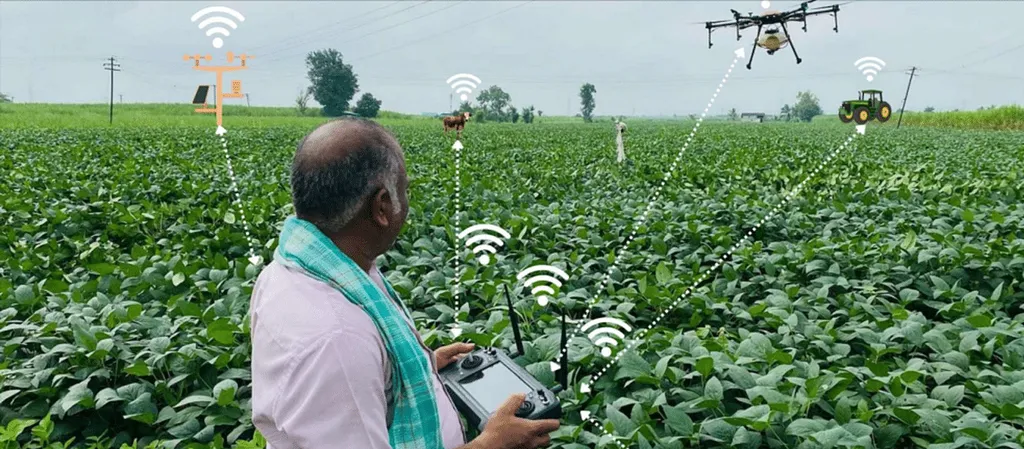In the paddy fields of Sajjanpada, Nayagarh district, a quiet revolution took flight last week—not with the swing of a farmer’s spray pump, but with the steady hum of a drone. The Krishi Vigyan Kendra (KVK), Nayagarh, in collaboration with Odisha’s department of agriculture and farmers’ empowerment, demonstrated how unmanned aerial vehicles could redefine pesticide application, offering a glimpse into the future of farming in the state.
The exercise, conducted across six hectares of farmland, wasn’t just a technical display but a practical test of efficiency. Traditional pesticide spraying is labor-intensive, time-consuming, and often inconsistent, leaving room for chemical wastage or uneven coverage. Drones, by contrast, navigate fields with precision, delivering pesticides in controlled doses while cutting down the time required by up to 90%. For farmers grappling with shrinking labor pools and escalating costs, the appeal is immediate. “A task that would take a team of workers an entire day can now be completed in under an hour,” noted a senior agriculture department official, underscoring the technology’s potential to ease one of farming’s most persistent burdens.
Beyond speed and cost, the shift carries environmental and health implications. Overuse of pesticides has long been a concern in Indian agriculture, leading to soil degradation, water contamination, and health risks for farmers. Drone spraying mitigates these issues by targeting only the affected areas, reducing chemical runoff and limiting human exposure. “This isn’t just about modernizing farming; it’s about making it safer and more sustainable,” the official added, pointing to the alignment with broader goals of climate-smart agriculture.
The demonstration in Nayagarh is part of a larger push to integrate drone technology into Odisha’s agricultural framework. The state government has signaled plans to expand training programs for farmers and local workers, ensuring the technology isn’t just showcased but adopted. “The idea is to build capacity at the grassroots level,” explained an official statement, highlighting that drone operation skills could open new livelihood avenues in rural areas. For small and marginal farmers—who form the backbone of Odisha’s agrarian economy—the adoption of such tools could level the playing field, offering them access to the same precision farming techniques used by larger, more resource-rich operations.
Precision agriculture, of which drone spraying is a key component, is gaining traction globally as a means to optimize inputs, improve yields, and reduce environmental impact. In India, where fragmented landholdings and erratic weather patterns pose unique challenges, the technology’s adaptability is particularly valuable. Drones equipped with multispectral cameras can assess crop health, detect pest infestations early, and even map soil variability—data that farmers can use to make informed decisions. “We’re moving from reactive farming to proactive management,” said an agriculture expert involved in the demonstration, emphasizing that real-time monitoring could prevent crop losses before they become irreversible.
Yet, the transition isn’t without hurdles. The upfront cost of drones and the need for technical expertise remain barriers for many farmers. While government subsidies and training programs aim to bridge this gap, widespread adoption will hinge on demonstrating long-term economic benefits. The Nayagarh demonstration is a step in that direction, offering tangible proof of the technology’s viability. If successful, it could serve as a blueprint for other districts, not just in Odisha but across the country, where similar challenges persist.
For now, the fields of Sajjanpada stand as a test case—where tradition meets innovation, and where the future of farming may well be written in the flight paths of drones. As one participating farmer put it, “If this helps us spray better, grow more, and stay safe, then the sky’s the limit.” The question that follows is whether this experiment in precision can take root across India’s vast and varied agricultural landscape.

